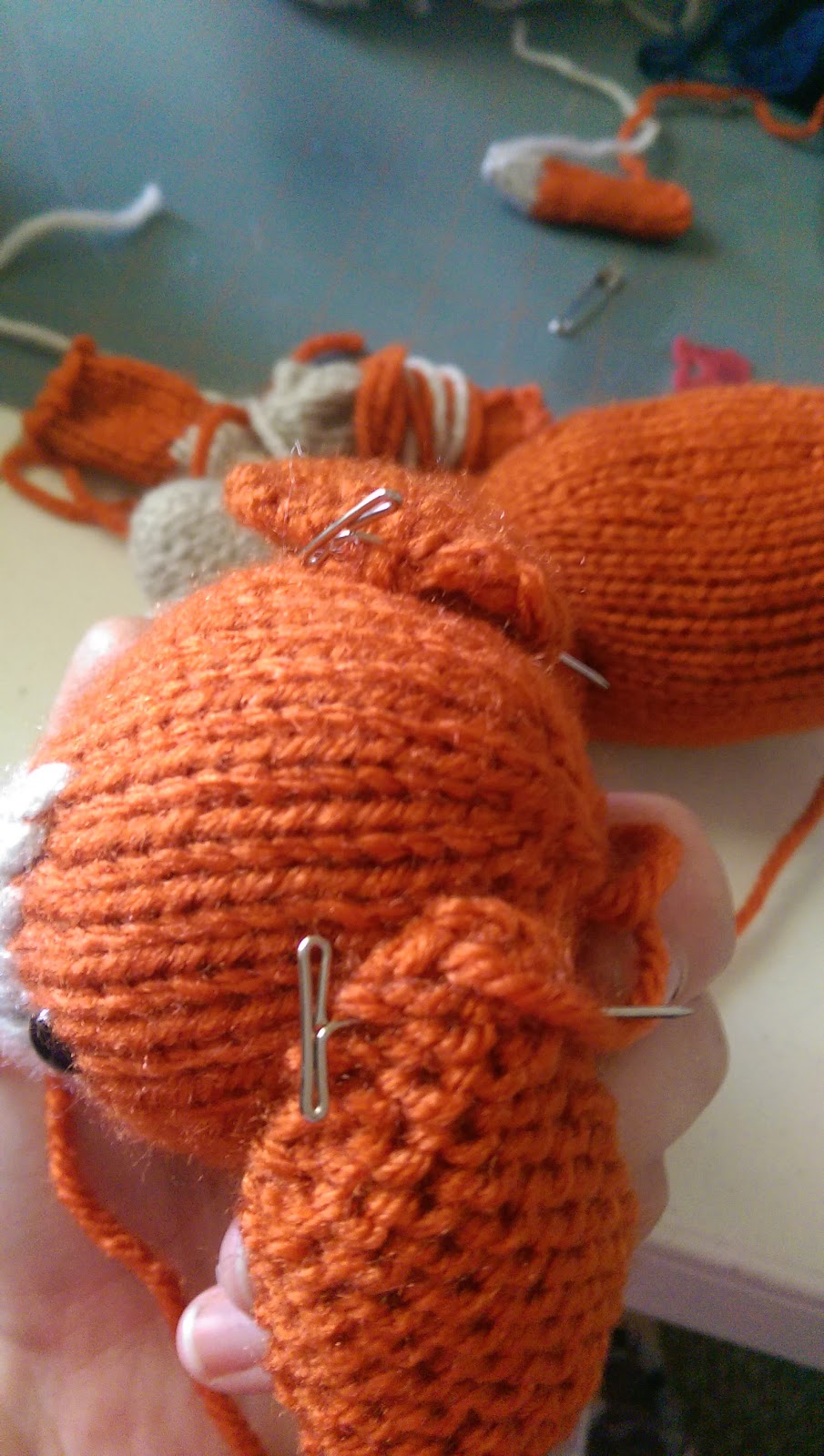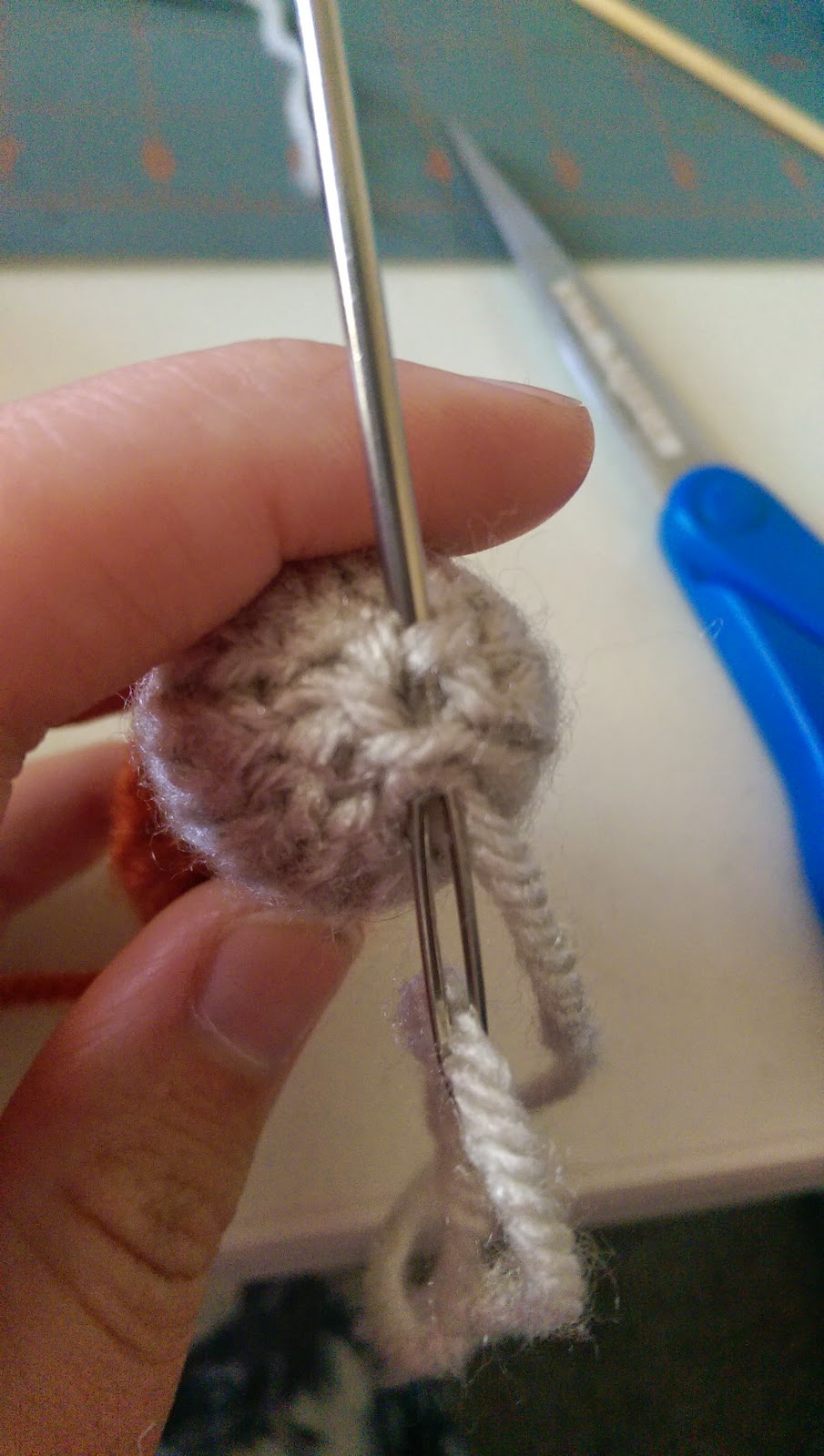


The inspiration (and name) of this design comes from snakes and their movement - hence the zig-zag or "slithering" mock cables. The zig zags are made with Right and Left Twists, which are easy to do without a cable needle, so the mitts can be done in no time at all!
Materials :
- approximately 50 grams of worsted weight yarn (depending on how long you want your mitts to be)
- US size 6 and 7 double pointed/circular needles (or size to obtain gauge)
- Small stitch holder or waste yarn
- Stitch markers
- Tapestry needle to weave in ends
Gauge : 4.5 stitches per inch in stockinette
Size: Women's S/M - adjust gauge in order to make a smaller or larger size!
Stitch guide :
- M1R - Make One Right
- M1L - Make One Left
- Tutorial for M1 increases here!
- RT - Right Twist
- LT - Left Twist
- Visit this blog for detailed instructions on how to work these stitches!
Pattern :
Cuff/Wrist :
With size 6 needles, CO 40 sts and join in the round.
Work K2P2 ribbing for 9 rounds
Switch to larger needles and work following rounds once (add or subtract to make shorter or longer mitts!) :
- Round 1 : [K2, RT] rep. around
- Round 2 and all even numbered rounds : knit around
- Round 3 : K1, [RT, K2] rep. around
- Round 5 : [RT, K2] rep. around
- Round 7 : [LT, K2] rep, around
- Round 9 : K1, [LT, K2]
- Round 11 : [K2, LT]
Gusset :
Next round : K4, PM, M1R, K1, M1L, PM, M1L (in order to have correct number of stitches for zig zag pattern), K to end
Work in established pattern for two rounds
Next round : Work in patt. to marker, SM, M1R, K to marker, M1L, SM, work in patt. to end of round
Repeat increase round every 3rd row until there are 13 stitches between markers, then work in pattern 1 round
Separate thumb :
Next round - work in patt. to marker, slip 13 thumb stitches onto marker or waste yarn, then backwards CO 4 sts and join in the round.
Hand :
Work in established patt. for approximately 2 inches, finishing with Round 5.
Switch to smaller needles, and work in K2P2 rib for 3 round
BO in K2P2 pattern

Thumb :
(See
my tutorial here to avoid a gap after between the hand and thumb!)
Place 13 stitches from holder or waste yarn onto larger DPNs, then pick up 3 stitches in gap
K around for 6 rounds
Switch to smaller needles and work in K2P2 rib for 3 rounds
BO in K2P2 pattern
Wear your mitts and be fabulous!
Please let me know if you have any questions or see any mistakes in the pattern!
(Special thanks to Monty the ball python for being a lovely and cooperati
ve model!)

































.jpg.jpg)













































